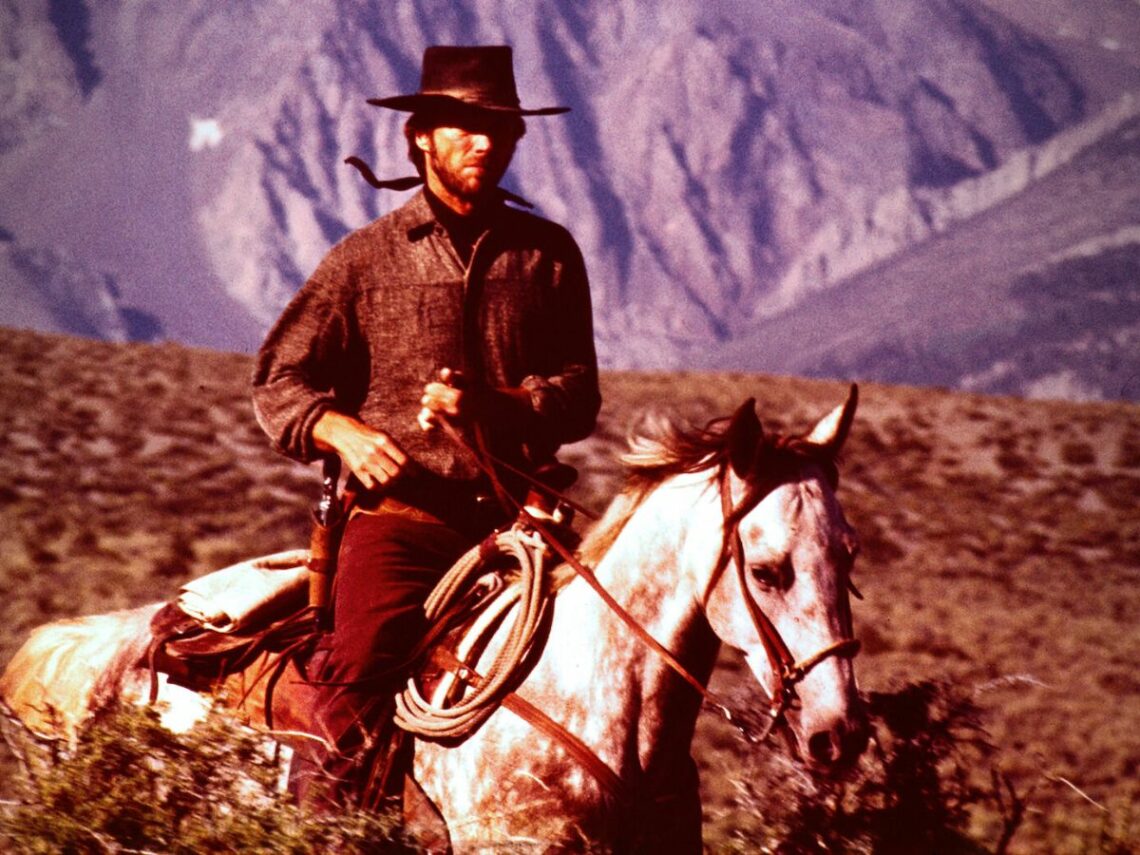
The classic Clint Eastwood western storming the Netflix charts
Every few weeks, something unexpected rides into Netflix’s global Top 10. This time, it is wearing a poncho and squinting into the sun. Clint Eastwood epic High Plains Drifter, originally released in 1973, has made its way onto the platform’s most-watched list. This is a great reminder for us that some stories age like whiskey, not milk.
Streaming charts are usually crowded with new releases, slick thrillers, or formulaic comfort films. So when a slow, violent, morally complex Western cracks the top ten, it feels like a quiet rebellion. People are not just watching what is loudest or most marketed. They are choosing something older and undeniably compelling.
Clint Eastwood both directs and stars in High Plains Drifter, a film that is as much a mood as it is a movie. He plays a nameless drifter who arrives in the isolated mining town of Lago. From the beginning, his presence unsettles the locals. He is not the clean-cut hero audiences might expect. He is quiet, menacing, and driven by motives that remain hidden for most of the film.
What follows is less a classic showdown and more a slow unravelling. Secrets are revealed. Revenge is served without ceremony. And the town, which once seemed in control, is stripped of its illusions. The film is eerie in tone, occasionally surreal, and never lets its audience get too comfortable. That is what makes it great.
Its cinematography also deserves a mention. Bathed in dusty reds and harsh shadows, the visual tone does half the storytelling. The town of Lago feels like a character in itself, sun-bleached, suspicious, and always watching. It is not just a setting; it is a warning. Every frame looks like something that should not be disturbed, which is exactly why it draws you in.
At the time of its release, High Plains Drifter was divisive. Some called it too dark, too cynical. Others praised it for breaking the rules of the Western genre. Decades later, it is those very qualities that make it feel modern. There is something deeply satisfying about a film that refuses to explain itself. It asks the audience to sit with discomfort, to question motives, to wonder if justice and vengeance are ever really separate.
Its resurgence on Netflix is not just about nostalgia. It is about atmosphere. In an age of fast plots and faster resolutions, High Plains Drifter takes its time. It builds tension like a noose being tightened. The silence between the gunshots matters just as much as the shootouts themselves.
New viewers might come for Clint Eastwood. But they stay because the film still bites. It still unsettles. And it still feels like something made by someone who had a very specific vision, one he was not afraid to see through.
If you have not watched it before, now is your chance. And if you have, it might be time to ride back into Lago. Just know this: justice does not wear a white hat here.